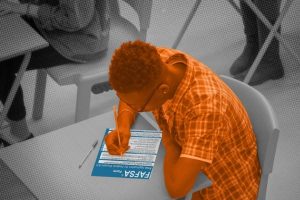A New Digital Divide: Student AI Use Surges, Leaving Faculty Behind
Artificial intelligence (AI) has become an increasingly prevalent technology in our society, revolutionizing the way we work, communicate, and learn. In the education sector, AI is being utilized in various ways to enhance teaching and learning experiences. However, there is a growing concern that a new digital divide is emerging within higher education institutions, with students embracing AI tools and technologies at a faster pace than faculty members.
As students become more accustomed to using AI-powered tools for research, study aids, and online learning platforms, faculty members are struggling to keep up with the rapidly evolving technology landscape. Many educators lack the necessary training and resources to effectively integrate AI into their teaching practices, resulting in a gap between student and faculty knowledge and skills in this area.
This discrepancy is not only causing challenges for educators in delivering impactful and engaging lessons, but it also has implications for student learning outcomes. Students who are adept at using AI tools may have a competitive edge in terms of research efficiency, problem-solving skills, and overall academic performance. This could widen the achievement gap between students who have access to advanced AI technologies and those who do not.
In order to bridge this growing digital divide, higher education institutions must prioritize professional development opportunities for faculty members to enhance their digital literacy and AI skills. This could include workshops, training sessions, and resources to help educators understand how to incorporate AI into their curricula in a meaningful way.
Additionally, universities should consider investing in AI-driven resources and tools that can support faculty members in their teaching endeavors. By providing access to advanced AI technologies, educators can better leverage these tools to create more engaging and personalized learning experiences for their students.
It is essential for higher education institutions to recognize the importance of closing the gap between student and faculty AI use in order to ensure that all stakeholders are equipped with the necessary skills to thrive in an increasingly digital world. By fostering a culture of innovation and continuous learning, universities can prepare both students and educators to navigate the complexities of the digital age and maximize the potential of AI technologies in higher education.



